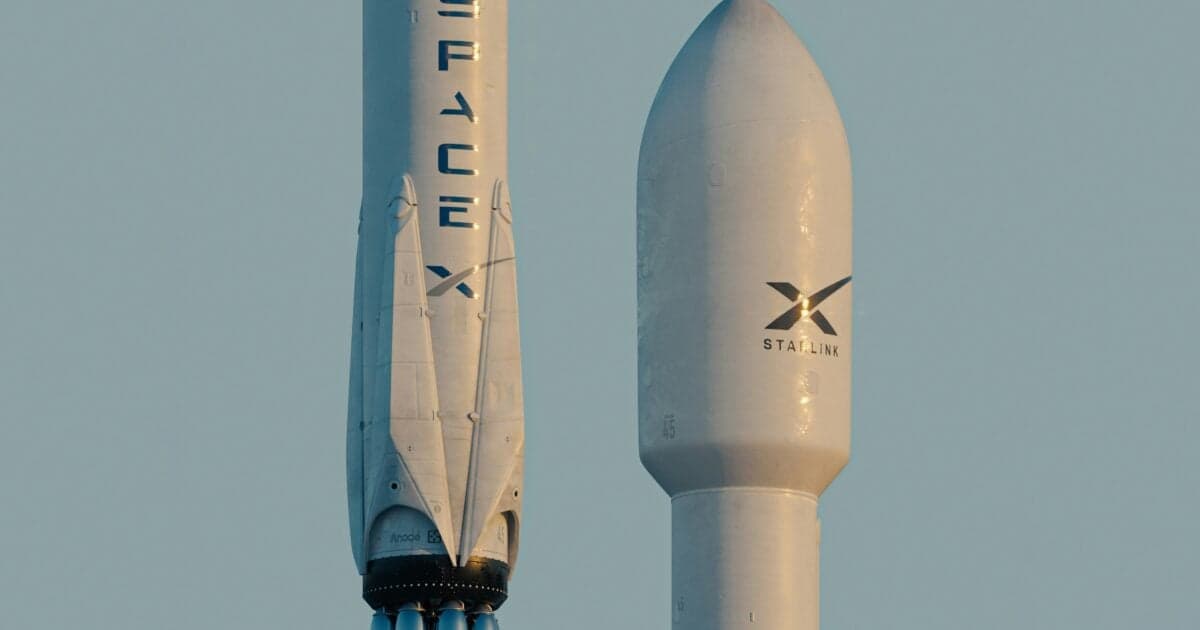Nvidia (NVDA) Earnings Preview: What AI Investors Should Watch


Today after markets close, investors will get the most watched earnings report of the quarter – results from chipmaking giant Nvidia (NVDA).
Nvidia has become one of the most important companies in the market. It's the posterchild for the artificial-intelligence ("AI") trend, so folks will be on the lookout for any clues that AI spending is still going strong.
That role in the AI trend has helped Nvidia become the largest company on the U.S. markets – with a market cap of $4.3 trillion. It's also the highest weighting in both the S&P 500 (around 7.62% of the overall index) and the Nasdaq 100 (about 14.41% of the index).
So, its earnings (and how investors react to the release) will also have a huge impact on the market.
Here's what you need to know ahead of Nvidia's earnings...
Nvidia's Products Are Essential for AI Models
Nvidia designs semiconductors called graphics processing units ("GPUs").
They sit inside a computer and render images on the computer screen. GPUs work with the central brain of the computer (the central processing unit, or "CPU") to run software. Without a graphics card, your computer would bog down with calculations, and your screen would be blank.
It first focused on designing these chips for video games and even cryptocurrency mining.
But these GPUs are also well-suited for generative AI. Nvidia now designs these chips for use in data centers. They provide the computational "horsepower" for famous AI models like ChatGPT. With AI programs eating up more power than traditional Internet, data centers need chips that can handle those demands.
But AI infrastructure companies can only provide so many at a time.
Nvidia's GPUs have stepped up to the task. And now data centers are most of Nvidia's business. In the 2025 fiscal year, Nvidia's data-center revenue made up nearly 90% of the company's total sales.
And it has a near monopoly in the area – making up more than 90% of total data-center GPUs.
Put simply, Nvidia's products are the cornerstone of Big Tech's AI ambitions. And so, the company's earnings are treated as a bellwether for the larger AI trade.
What Wall Street Expects from Nvidia's Q2 Results
For the quarter ending July 27, 2025, Wall Street analysts expect Nvidia to report earnings per share ("EPS") of $1.01 and sales of $46.2 billion, according to Yahoo Finance. That comes out to a 43% growth rate for earnings, and more than 50% growth for the company's sales.
As for segments, the data-center business is what folks are going to key in one (for the reasons we just discussed). Wall Street expects data-center revenue to grow faster than Nvidia's overall revenue, according to Yahoo Finance.
Analysts see data center revenue coming in at $41.2 billion in the second quarter, up 53% year over year.
Those are great growth numbers for any company. But they're especially strong for a company Nvidia's size. But the company has been known to put up huge figures like that.
For instance, in 2023, Nvidia reported full-year revenue of $60.92 billion. EPS was $1.30. Well, by the end of 2024, those figures were $130.5 billion and $2.99, respectively.
However, if the upcoming earnings come in as expected, it could signal that the biggest growth period for AI spending is over...
As strange as it may sound, if Nvidia does grow its overall revenue by more than 50%, it would represent the lowest growth rate for the company since the AI trend started taking off at the end of 2023.
Still, beating Wall Street's estimates will show that Nvidia is still firing on all cylinders when it comes to AI.
The overall numbers won't be the only thing investors should watch, though.
Nvidia will also likely give an update on its China business, after it agreed to pay the U.S. government 15% of all revenue from China in exchange for a license to export the H20 AI chip to the country.
Not having access to the China market was going to cost Nvidia billions in lost revenue, with the country making up 13% of its sales. In May, Nvidia said the H20 chip would've contributed about $8 billion in sales to the second quarter if the company had been allowed to export to China.
But access in the Chinese market is still going to cost Nvidia. At 15%, that means it would have to pay the government about $1.2 billion in that quarter alone.
Should You Buy Nvidia Stock Before Its Earnings Report?
Looking at our proprietary Stansberry Score, which measures a stock's potential as a long-term investment, and Nvidia gets a great grade...
Nvidia receives solid grades for both its financial performance and capital efficiency – and it's no surprise if the company is growing earnings at these incredible rates. But it does get a C grade for valuation, thanks to the AI hype and huge run-up in the shares.
With a price-to-earnings ratio of 59 times, Nvidia is about twice as expensive as the broader market (as measured by the S&P 500). It's more expensive than the semiconductor sector, too – with the iShares Semiconductor Fund (SOXX) trading at a price-to-earnings ratio of 32 times.
But because it has a world-class business with strong financials, Nvidia deserves to trade at a premium valuation to the rest of the market. Altogether, Nvidia gets an overall grade of A – the sign of a strong long-term investment.
Still, Nvidia shares aren't cheap today. That's not a reason to sell your shares if you hold Nvidia. But with investors expecting perfection from this week's earnings report, any weakness could be a reason for investors to offload their shares and send the stock lower.
According to Reuters, the options market is pricing in a 6% swing in Nvidia's stock after earnings. That could mean as much as a $260 billion rise (or fall) in Nvidia's market cap. That alone is larger than the market caps of 469 S&P 500 companies.
With so much volatility expected around Wednesday's report, today may not be the best time to jump in and buy shares.
Regards,
Nick Koziol
Editor's Note: While all eyes are on Nvidia, a huge AI initiative is taking shape. More than 400 federal agencies and America's top tech firms are joining forces for an AI "master plan" aimed at unleashing a wave of innovation in artificial intelligence and automation. Learn what it means for markets – and your portfolio – right here.




